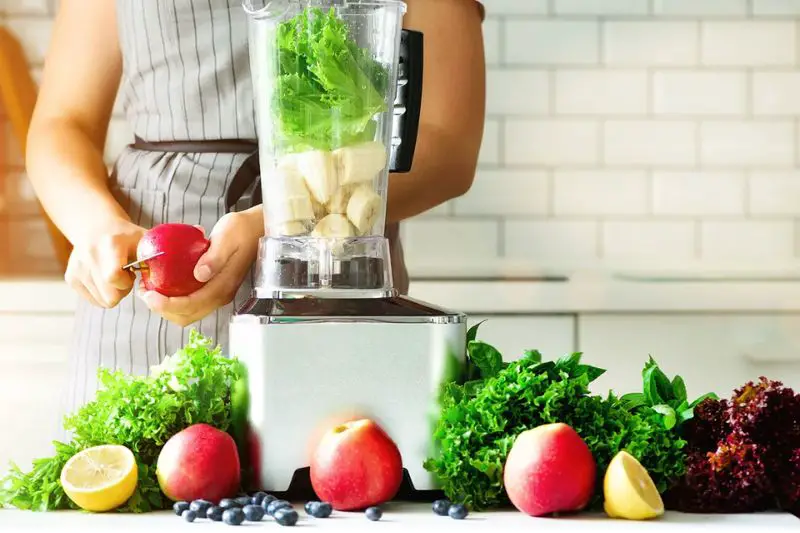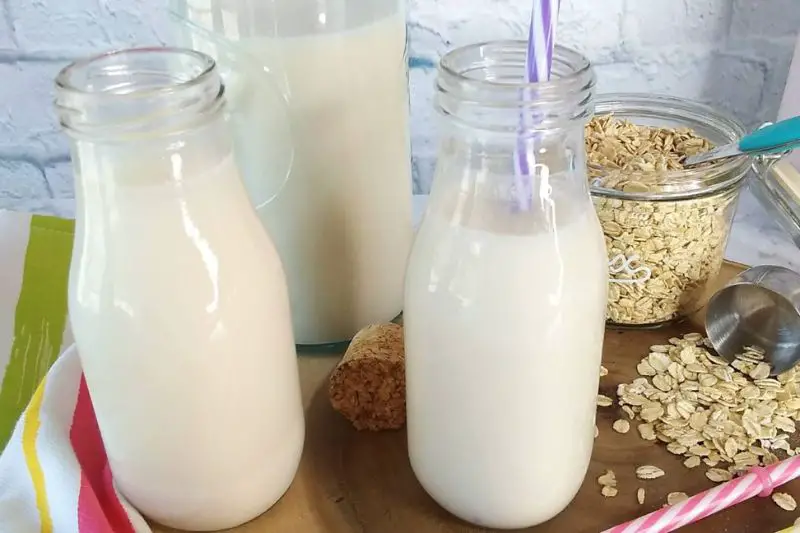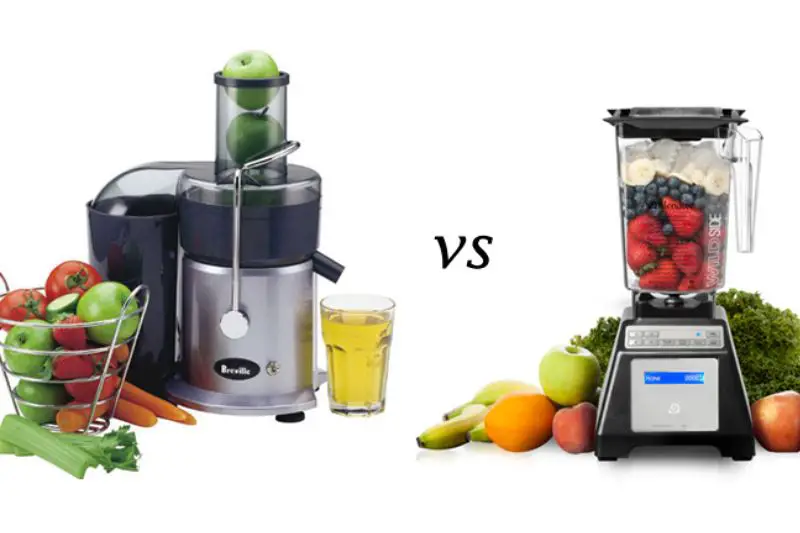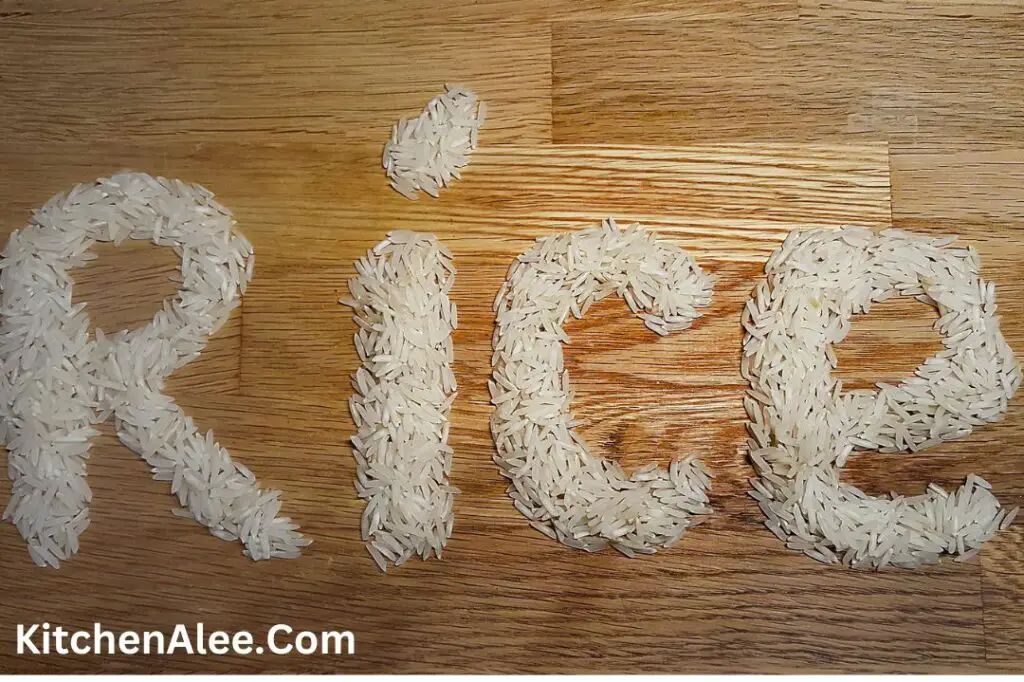Can You Blend Raw Vegetables In A Blender? It is possible to blend raw vegetables in a blender, as the device is designed to perform such operations.
The utilization of a blender for blending raw vegetables is an effective means of breaking down solid matter, thus enabling the transformation of said veggies into a liquid form.
Yes, you can blend raw vegetables in a blender.
Blending raw vegetables is a great way to get the most out of your vegetables, as it breaks them down into a more liquid form, allowing you to incorporate them into your meals in a variety of ways.
Blending raw vegetables can be a great way to add more nutritious options to your daily diet. But can you blend raw vegetables in a blender? The answer is yes!
Blending raw vegetables in a blender is an easy and convenient way to get your daily dose of nutrients, vitamins, and minerals.
This article will discuss the benefits of blending raw vegetables as well as provide you with tips for how to do it safely.
Can You Blend Raw Vegetables In A Blender?
Yes it is possible to blend raw vegetables in a blender.
This technique can be utilized to facilitate the breakdown of cell walls and increase the surface area of the vegetables, thereby allowing for more efficient absorption of various essential vitamins and minerals.
The process of blending raw vegetables in a blender can also create a smoother consistency, making it easier for consumption.
Furthermore, creating a blended vegetable mixture ensures uniformity in size and shape, which can help with proper cooking times.
Is It Ok To Blend Raw Vegetables?
Yes, but with a few caveats. Blending raw vegetables can be a great way to get a concentrated source of nutritious vitamins and minerals, however, it’s important to be aware of the potential drawbacks as well.
Additionally, blending can cause some of the water-soluble vitamins to leach out, which may reduce the overall nutritional content.
To ensure that you’re getting the most out of your smoothie, it’s important to use a high-speed blender, as this will help to retain the maximum amount of vitamins and minerals.
How to Blend Raw Vegetables in a Blender?
Now that you know the pros and cons of blending raw vegetables in a blender, its time to learn how to do it.
Be careful not to over-blend, as this can cause the vegetables to become liquefied and difficult to consume.
Things Needed For Vegetable Blending:
- High Performance Blender
- Vegetables of your choice
- Olive oil or vegetable broth
- Salt and pepper
- Cup or bowl for serving
- Knife for chopping vegetables
- Cutting board
- Water
Here are simple steps to blend raw vegetables:
1. Choose Your Favorite Vegetables To Blend:
Blending your favorite vegetables is an easy way to create delicious smoothies that you can enjoy any time of day.
Start by picking your favorite vegetables, such as kale, spinach, carrots, beets, celery, and cucumbers.
Then, add a few fruits for sweetness and extra vitamins, like bananas or apples. If you want to make sure the flavor is balanced, add a few drops of lemon juice or honey.
2. Chop 2 Cups Of Vegetables Into Small Pieces With Your Knife:
Before you begin blending, it’s important to chop the vegetables into small pieces.
This will help to ensure that they’re fully mixed into the blender and don’t cause strain on the motor.
To chop the vegetables, use a sharp knife and try to cut them into smaller pieces than 1 inch.
3. Pour 2 Cups Of Water Into The Blender’s Carafe:
Once you’ve chopped the vegetables, it’s time to add the water. To do this, place the carafe into the blender and pour in 2 cups of water.
Be sure to mix everything together well before adding any more liquid.
4. Turn The Blender On To Low And Begin blending:
Now that the ingredients are mixed together, it’s time to start blending. Turn on your blender to low and begin mixing until everything is smooth.
5. Add 1 Cup Of Vegetables Into Your Blender:
If you’re looking for a lighter smoothie, try blending 1 cup of vegetables instead of 2 cups. This will help to conserve calories and give you a more balanced drink.
Again, be sure to mix everything together well before adding any additional liquid.
6. Secure The Lid And Turn It On:
Once the blending is complete, turn off the blender by securing the lid. Make sure that all of the ingredients are fully mixed together before doing so.
7. Blend The Vegetables For 2 Minutes:
Once the blender is turned off, let it rest for 2 minutes before you start blending again. This will help to ensure that the smoothie is fully blended and ready to drink.
8. Stop The Blender And Add The Additional Vegetables:
If you’d like to add additional vegetables, do so by opening the blender lid and pouring in the desired amount of vegetables.
Be sure to mix everything together well before adding any additional liquid.
8. Continue To Blend For 3 Minutes Or Until You Get The Required Results:
If you’d like to achieve specific results with your smoothie, continue blending for an additional 3 minutes or until you get the desired outcome.
Remember not to over-blend, as this can cause the vegetables to become liquefied and difficult to consume.
9. Serve And Enjoy Your Delicious Smoothie:
Once the blending is complete, it’s time to serve and enjoy your delicious smoothie.
Cup or bowl the smoothie and enjoy! If you’d like to add any herbs or spices, be sure to do so before enjoying.
How To Get Your Daily Vegetables In A Smoothie?
Getting your daily vegetables into a smoothie can be a great way to stay healthy and get essential vitamins in your diet. It’s easy to do and can be a tasty way to get the nutrients you need.
Start by adding leafy greens such as spinach, kale, or chard to your smoothie base. These are packed with vitamins A and C and provide fiber and iron.
You can also add carrots, beets, sweet potatoes, and squash for a boost of vitamins and minerals.
To sweeten your smoothie, try adding fruits such as apples, bananas, and berries. For an extra boost of protein and creaminess, add Greek yogurt or nut butter.
You can also add herbs and spices like mint or ginger for flavor. Make sure to blend your smoothie until it’s creamy for the best texture.
Can You Blend Vegetables In A Nutribullet?
Yes, you can blend vegetables in a Nutribullet. Just be sure to read the instruction manual before beginning.
Some Nutribullets require you to add more liquid to soften the vegetables before blending, while others allow you to blend them without adding any additional liquid.
Are Vegetables Still Healthy When Blended?
Yes, vegetables are still healthy when blended. However, be sure to consume them in moderation.
Over-blending can cause the vegetables to become liquefied and difficult to consume.
How Much Should You Blend Your Vegetables?
You should blend your vegetables until they are liquefied but still textured. Over-blending can cause the vegetables to become liquefied and difficult to consume.
Watch Video: Can You Blend Raw Vegetables In A Blender?
How Long Should You Blend Your Vegetables?
You should blend your vegetables for about one minute. However, be sure to start with a low speed and increase the speed as needed.
Ending Remarks: Can You Blend Raw Vegetables In A Blender?
If you’re looking for a nutritious way to get your daily vegetables in, blending them into a smoothie is a great option.
Just be sure to follow the instructions for your blender and pay attention to the wattage of the machine in order to ensure compatibility.
Additionally, try to avoid vegetables that are tough or fibrous when blending. By following these tips, you’ll create a delicious and healthy smoothie that will boost your health.
FAQs
What Types of Vegetables Can You Blend in a Blender?
You can blend any type of vegetable in a blender. However, be sure to read the instruction manual for your blender before beginning.
Some blenders require you to add more liquid to soften the vegetables before blending, while others allow you to blend them without adding any additional liquid.
What Is The Best Vegetable To Blend In A Blender?
The best vegetable to blend in a blender is spinach. It’s packed with vitamins A and C and provides fiber and iron.
Other good vegetables for blending include kale, carrots, beets, sweet potatoes, and squash.
Can You Blend Frozen Vegetables In A Blender?
Yes, you can blend frozen vegetables in a blender. Just be sure to read the instruction manual for your blender before beginning.




